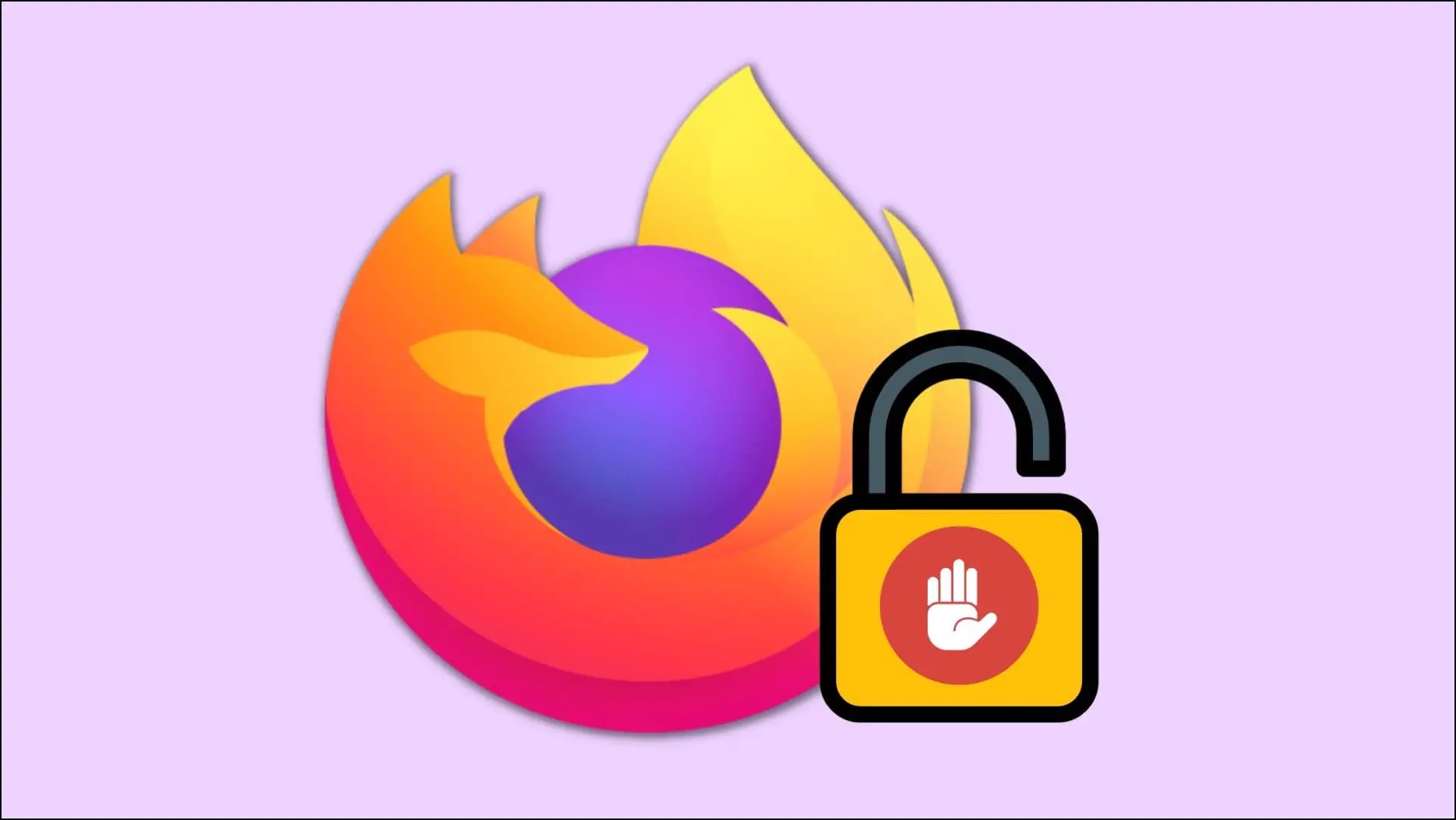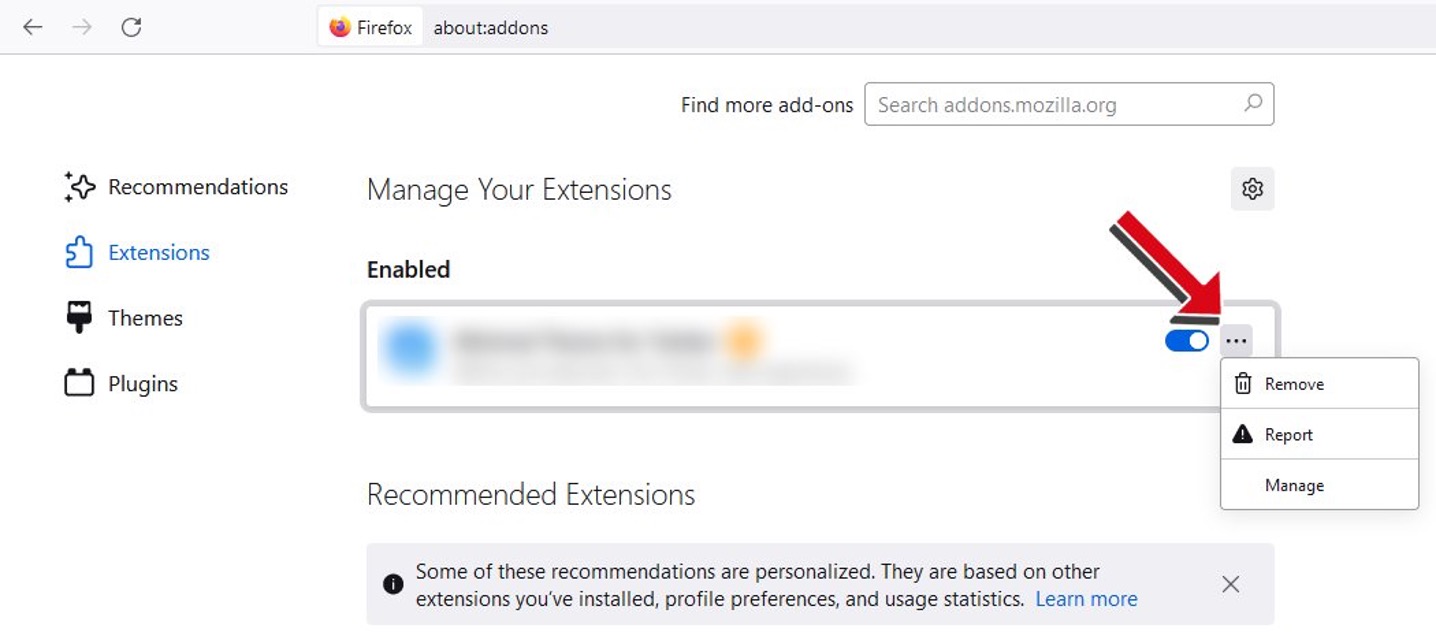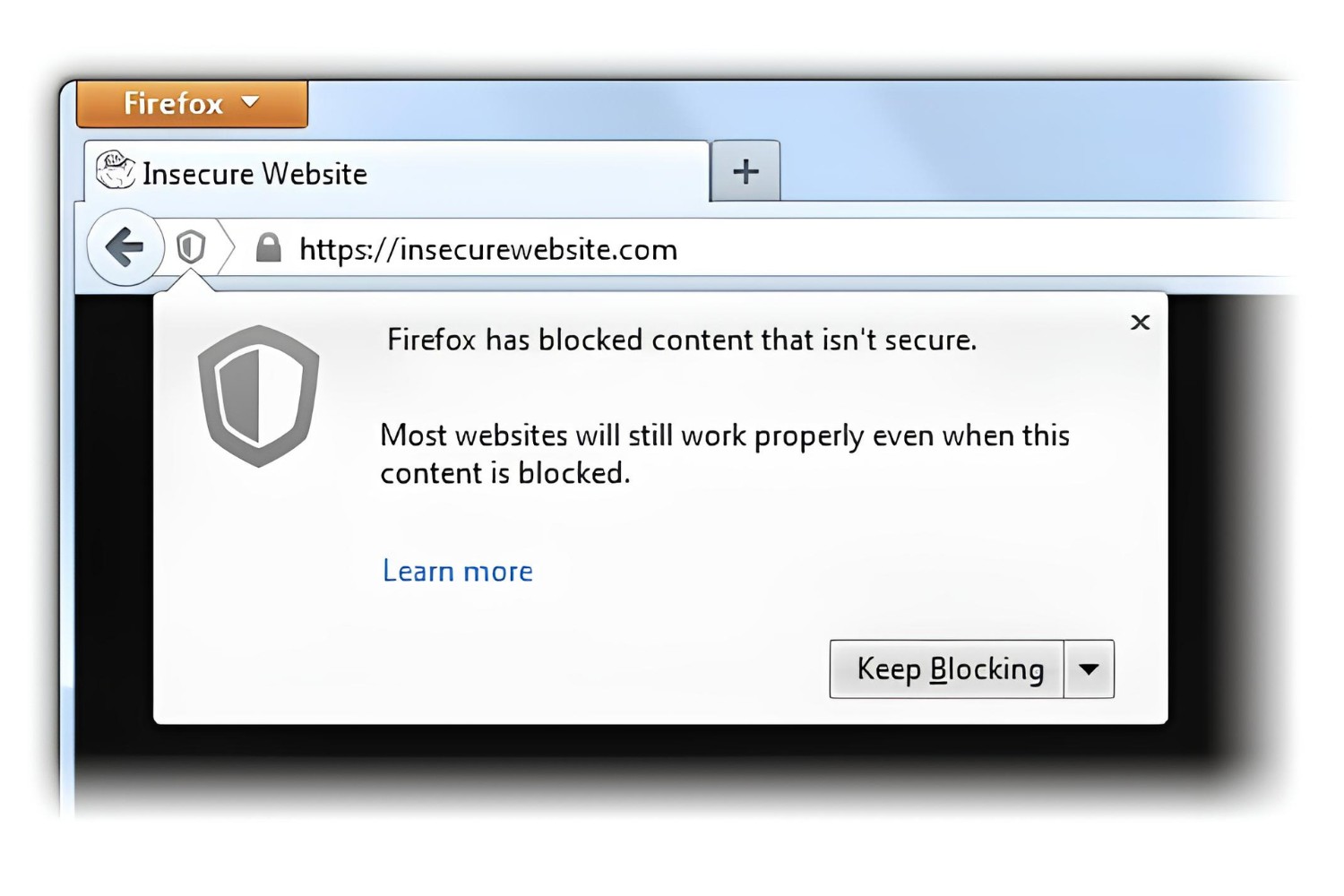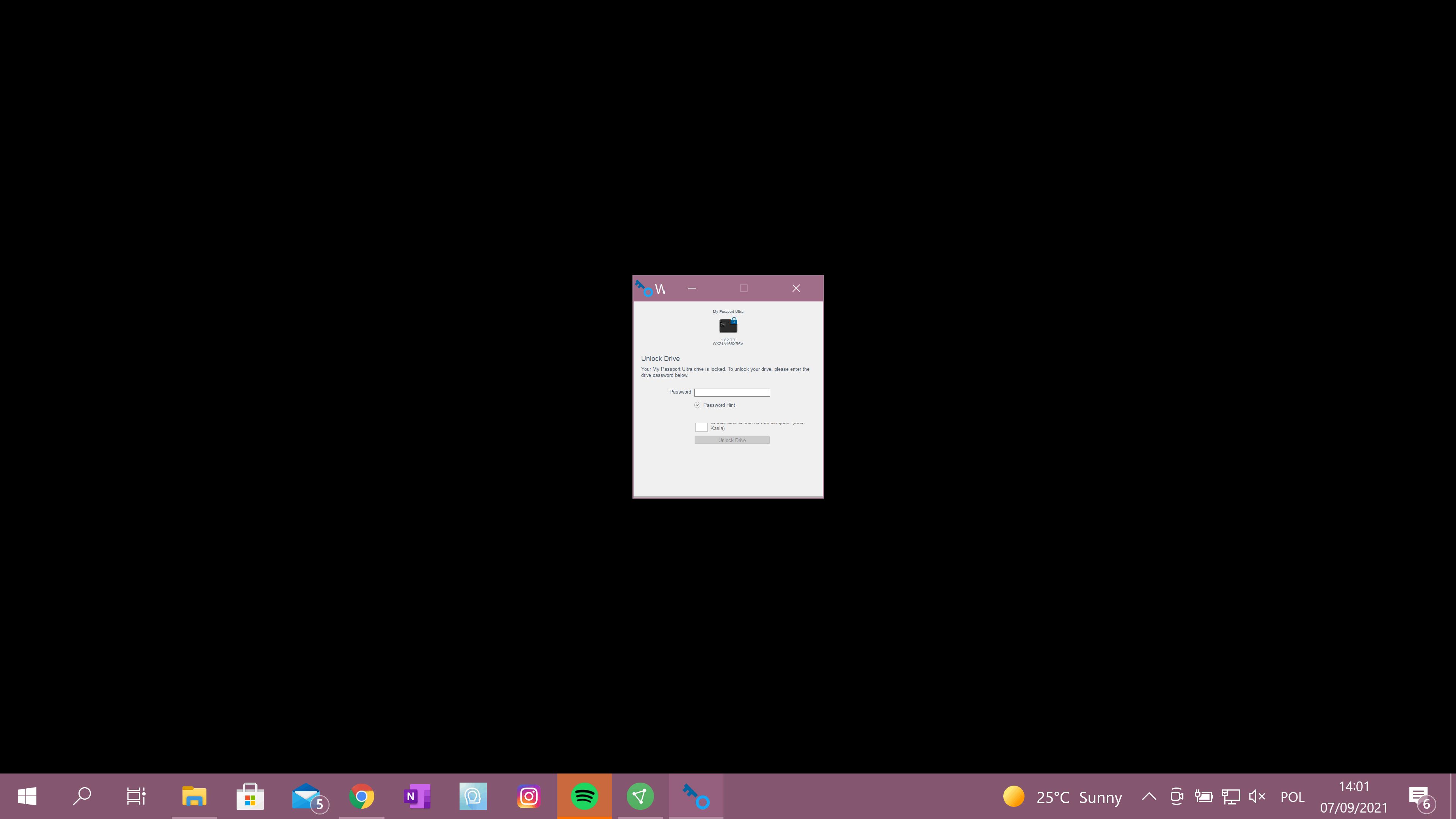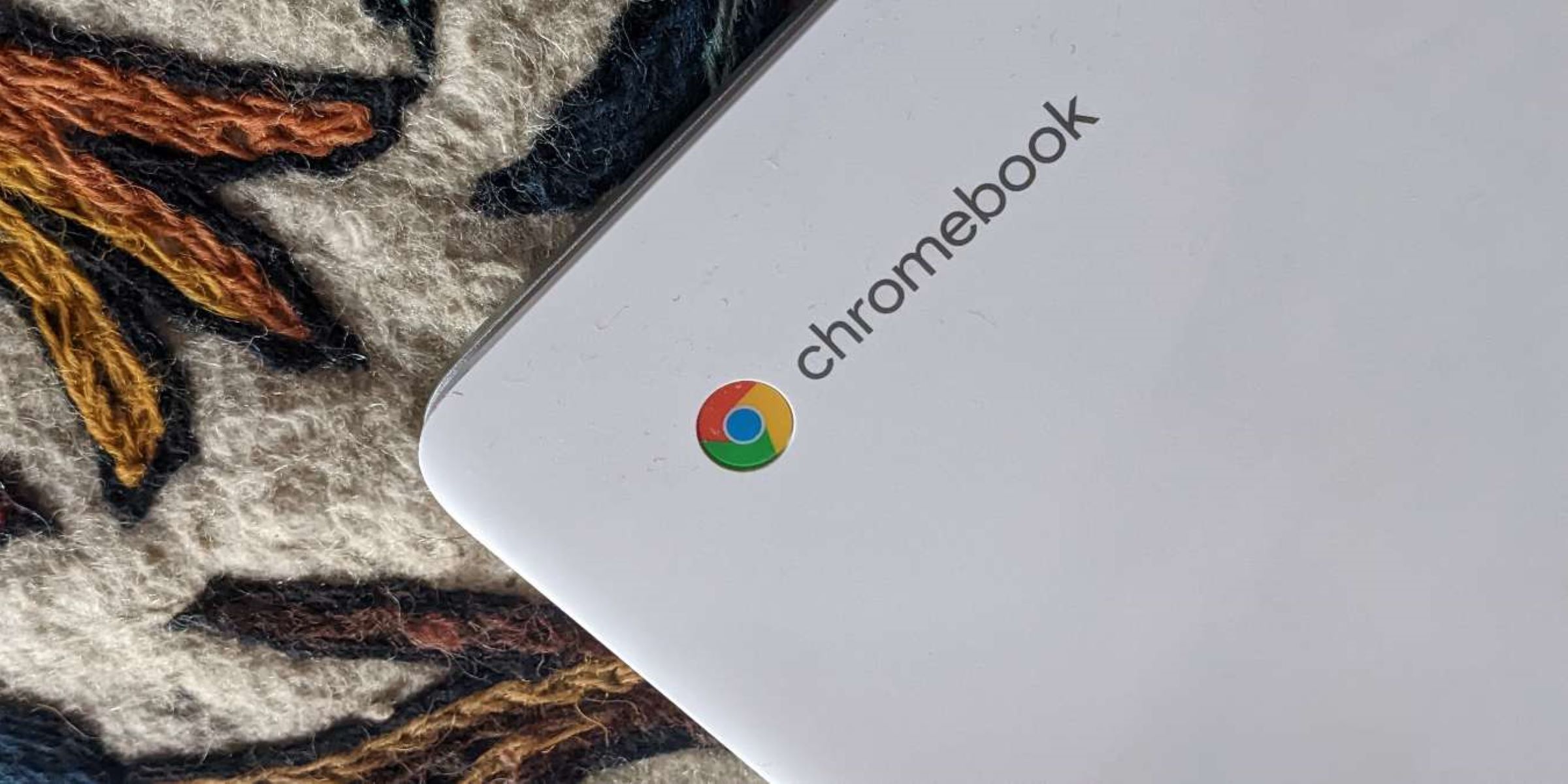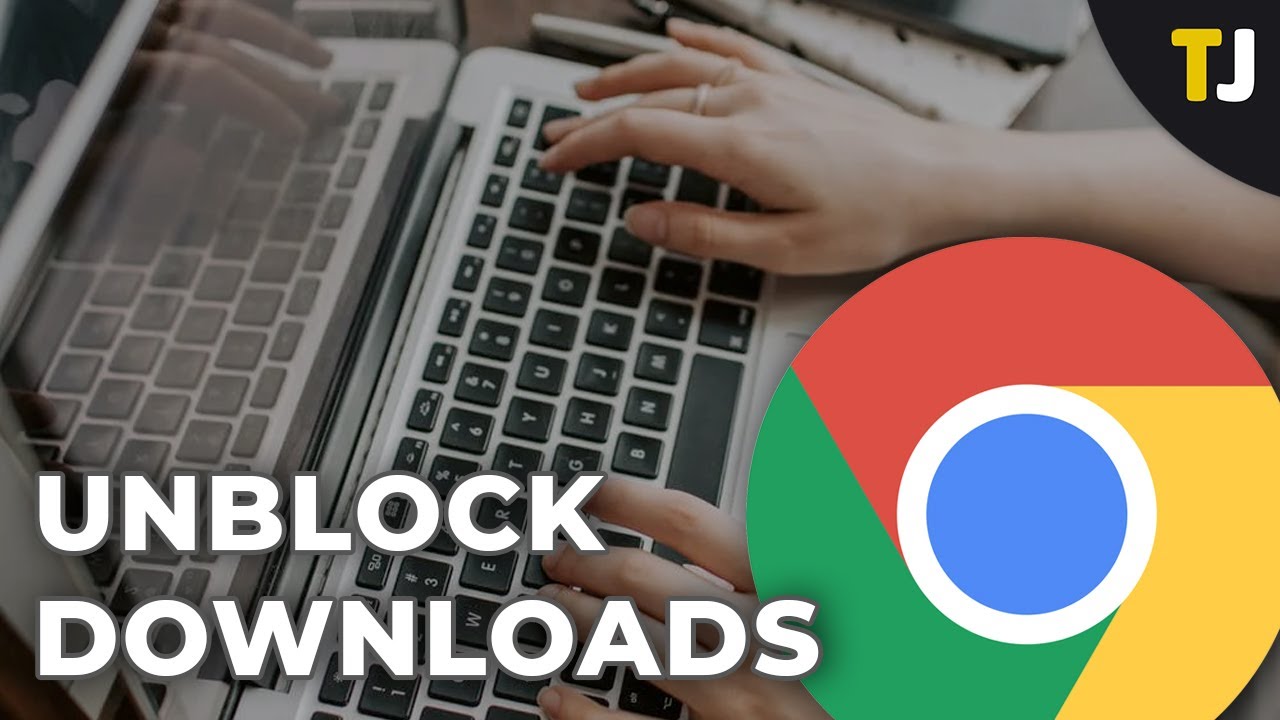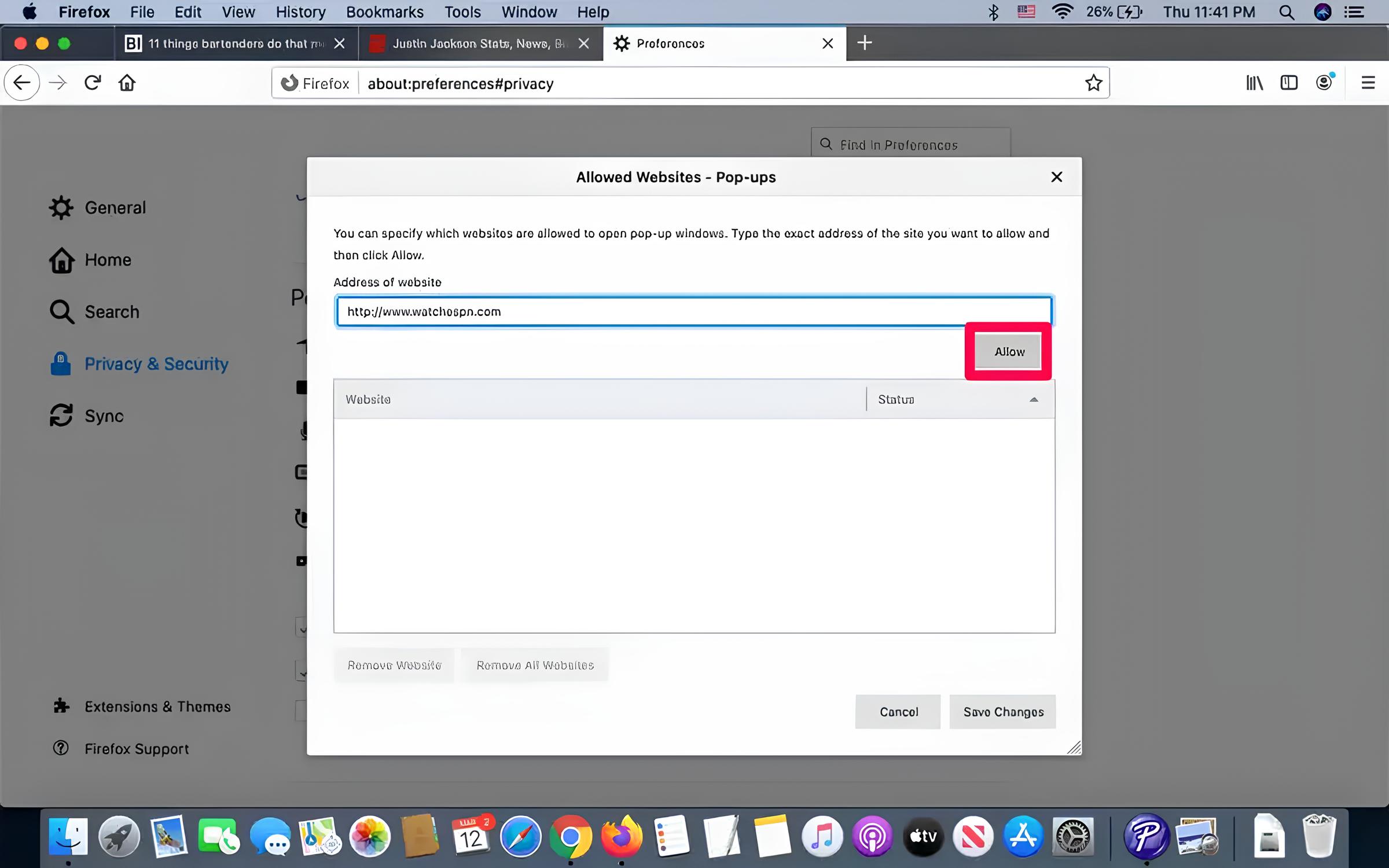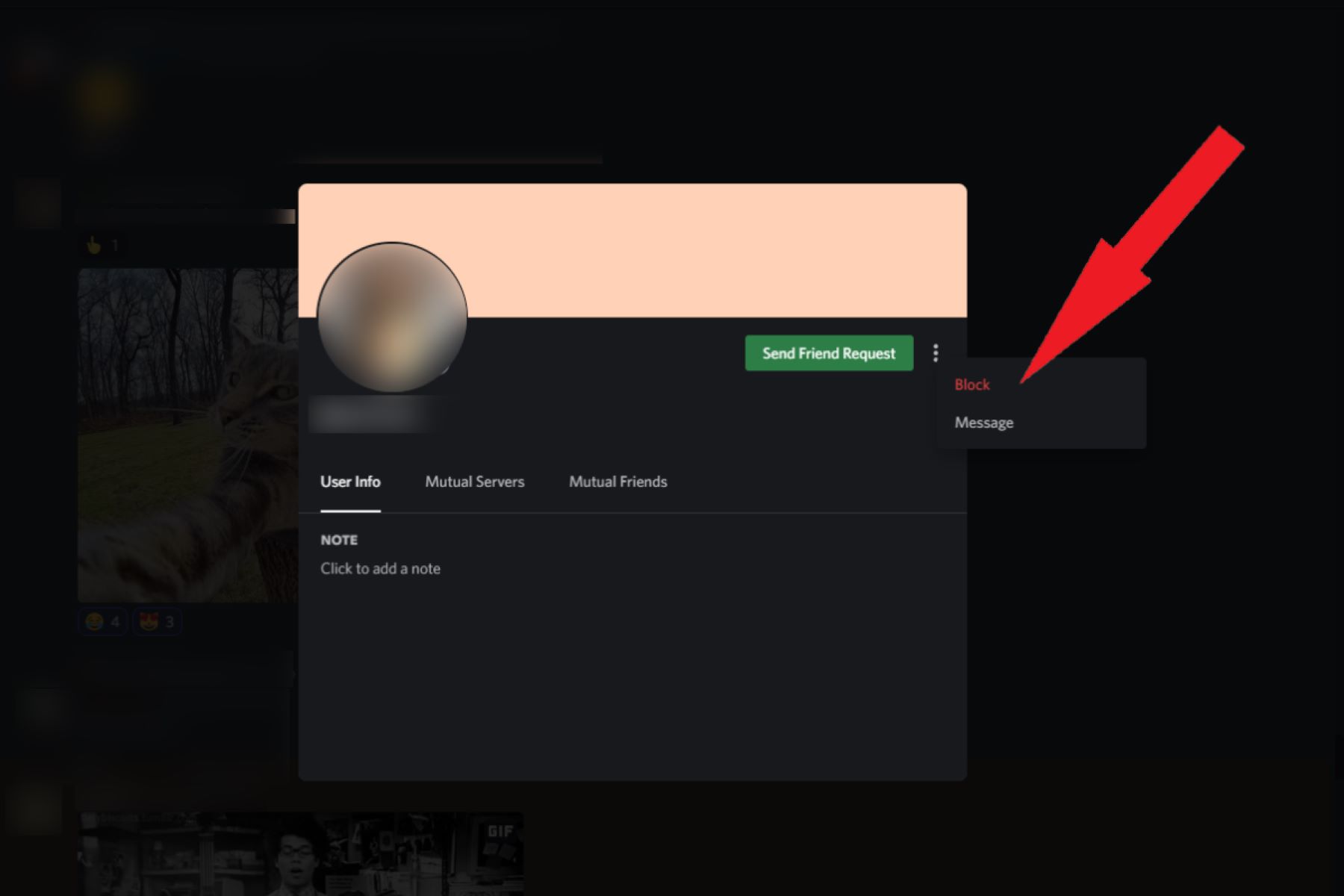Introduction
When browsing the web, encountering blocked images can be frustrating. Whether it's due to privacy settings, content blocking, or the presence of certain add-ons and extensions, the inability to view images can hinder the overall browsing experience. Fortunately, Firefox offers several methods to unblock images and restore visual content to web pages.
In this article, we will explore three effective methods to unblock images in Firefox. By following these steps, you can regain access to the visual elements of websites, ensuring a seamless and enjoyable browsing experience. Whether you're a casual internet user or a seasoned web enthusiast, understanding how to unblock images in Firefox can significantly enhance your online interactions.
So, let's delve into the various methods that will empower you to take control of your browsing experience and unlock the full visual potential of the web. Whether you're encountering image blockages on your favorite news site, social media platform, or any other web destination, these methods will equip you with the knowledge and tools to overcome image restrictions and enjoy a richer online experience.
Method 1: Using the Firefox Options
Firefox provides a straightforward method to unblock images through its built-in options. By accessing the browser settings, users can customize their image display preferences and ensure that all visual content is readily accessible during their browsing sessions.
To begin, navigate to the menu icon in the top-right corner of the Firefox browser window. This icon typically appears as three horizontal lines, symbolizing the main menu. Upon clicking this icon, a drop-down menu will appear, presenting a range of options for customizing the browser's settings and preferences.
Next, locate and select the "Options" menu item. This action will direct you to the Firefox Options page, where a plethora of settings and configurations are available for adjustment. Within this interface, users can fine-tune various aspects of their browsing experience, including the handling of images on web pages.
Once on the Options page, navigate to the "Privacy & Security" tab, which houses essential settings related to content blocking and privacy management. Within this tab, scroll down to the "Permissions" section, where the option to "Load images" is prominently featured.
To unblock images, ensure that the checkbox next to "Load images" is checked. By enabling this setting, Firefox will allow all images to be displayed on web pages, effectively bypassing any previous image blocking restrictions that may have been in place.
After adjusting the "Load images" setting, simply close the Options page to save the changes. With this action, Firefox will apply the updated image display preferences, allowing users to immediately experience unblocked images across all visited websites.
By utilizing the Firefox Options to unblock images, users can effortlessly customize their browsing environment and ensure that visual content is seamlessly integrated into their web interactions. This method offers a convenient and user-friendly approach to managing image display preferences, empowering individuals to tailor their browsing experience according to their specific needs and preferences.
In the next section, we will explore an alternative method to unblock images in Firefox, providing users with additional options for customizing their image display settings and enhancing their overall browsing experience.
Method 2: Adding Exceptions to the Content Blocking
In some cases, Firefox's content blocking feature may inadvertently prevent certain images from loading on web pages. This can occur when the browser identifies specific content as potentially harmful or intrusive, leading to the blocking of images for security and privacy reasons. However, users have the ability to override this restriction by adding exceptions to the content blocking settings, thereby allowing designated websites to display images unhindered.
To begin, users can access the content blocking settings by navigating to the Firefox menu and selecting "Options." Within the Options page, click on the "Privacy & Security" tab to reveal the various privacy and security-related configurations available in Firefox.
Next, locate the "Permissions" section within the "Privacy & Security" tab, where the option to manage content blocking settings is prominently featured. Here, users can click on the "Exceptions…" button next to the "Block pop-up windows" setting, which will open a dialog box for managing exceptions to content blocking.
Within the "Exceptions – Content Blocking" dialog box, users can specify the websites for which they wish to allow images to be displayed, effectively creating exceptions to the content blocking feature. By entering the web addresses of trusted sites into the provided field, users can ensure that images on these websites are exempt from the content blocking restrictions imposed by Firefox.
Once the desired websites have been added as exceptions, users can confirm and save the changes, thereby instructing Firefox to permit image loading on the specified sites, even in the presence of content blocking measures.
By adding exceptions to the content blocking settings, users can selectively enable image display on trusted websites, mitigating the impact of content blocking while maintaining a secure browsing environment. This method empowers users to exercise greater control over image display permissions, ensuring that images are unblocked on designated websites without compromising overall privacy and security.
In the subsequent section, we will explore an additional approach to unblocking images in Firefox, providing users with a comprehensive toolkit for managing image display preferences and optimizing their browsing experience.
Method 3: Disabling Add-ons and Extensions
In certain instances, the presence of add-ons and extensions in Firefox can interfere with the loading of images on web pages. These additional browser components, designed to enhance functionality and provide supplementary features, may inadvertently contribute to image blockages, thereby impeding the seamless display of visual content during browsing sessions. To address this issue, users can employ the method of disabling add-ons and extensions, effectively troubleshooting potential conflicts and restoring unimpeded image display.
To initiate this process, users can access the Firefox menu and navigate to the "Add-ons" section. This can be accomplished by clicking on the menu icon in the top-right corner of the browser window and selecting "Add-ons" from the available options. Upon entering the Add-ons Manager, users will be presented with a comprehensive overview of the installed extensions and add-ons, along with the ability to manage their settings and configurations.
Within the Add-ons Manager, users can proceed to the "Extensions" and "Themes" tabs to review the list of installed components. Here, they can systematically disable individual extensions and themes by clicking on the respective "Disable" buttons associated with each item. By deactivating these additional components, users can isolate potential sources of image blockages and assess their impact on the overall browsing experience.
After disabling the selected extensions and themes, users can proceed to revisit the web pages where image blockages were previously encountered. By observing the image display behavior following the deactivation of specific add-ons and extensions, users can discern whether these components were contributing to the image blockages. This iterative process of enabling and disabling extensions allows users to pinpoint the specific components that may be impeding image loading, thereby facilitating targeted troubleshooting and resolution.
By systematically disabling add-ons and extensions, users can identify and address potential conflicts that hinder image display, ultimately restoring unimpeded access to visual content on web pages. This method empowers users to proactively manage their browser environment, ensuring that the presence of add-ons and extensions does not compromise the seamless loading of images during their browsing activities.
In the subsequent section, we will summarize the key takeaways from the methods discussed, providing users with a comprehensive understanding of how to unblock images in Firefox and optimize their browsing experience.
Conclusion
In conclusion, the ability to unblock images in Firefox is essential for enhancing the overall browsing experience. By leveraging the methods outlined in this article, users can effectively overcome image blockages and ensure seamless access to visual content across a diverse range of websites. Whether it's adjusting browser settings, managing content blocking exceptions, or troubleshooting add-on conflicts, Firefox offers a versatile toolkit for empowering users to take control of their image display preferences.
By utilizing the Firefox Options to enable image loading, users can effortlessly customize their browsing environment, ensuring that visual content is seamlessly integrated into their web interactions. This method provides a convenient and user-friendly approach to managing image display preferences, allowing individuals to tailor their browsing experience according to their specific needs and preferences.
Furthermore, the process of adding exceptions to content blocking settings enables users to selectively allow image display on trusted websites, mitigating the impact of content blocking while maintaining a secure browsing environment. This method empowers users to exercise greater control over image display permissions, ensuring that images are unblocked on designated websites without compromising overall privacy and security.
Additionally, the systematic disabling of add-ons and extensions allows users to identify and address potential conflicts that hinder image display, ultimately restoring unimpeded access to visual content on web pages. This method facilitates targeted troubleshooting and resolution, ensuring that the presence of add-ons and extensions does not compromise the seamless loading of images during browsing activities.
By implementing these methods, users can navigate the web with confidence, knowing that they have the tools and knowledge to address image blockages effectively. Whether for personal browsing, professional research, or recreational exploration, the ability to unblock images in Firefox empowers users to engage with online content in a visually rich and immersive manner.
In essence, the methods presented in this article underscore the flexibility and customization options available within Firefox, enabling users to tailor their browsing experience to align with their preferences and requirements. By unblocking images, users can unlock the full visual potential of the web, ensuring that they can fully engage with and appreciate the diverse array of visual content available online.







